March 16th, 2024 - Things are starting
After extensive preparation, our adventure started on March 16th, 2024 at Frankfurt Airport, where we met our travel companions, Andrea and Harry. Our youngest daughter had brought us there. The Lufthansa flight took us non-stop in about 12 hours from Frankfurt to San José, the capital of Costa Rica.
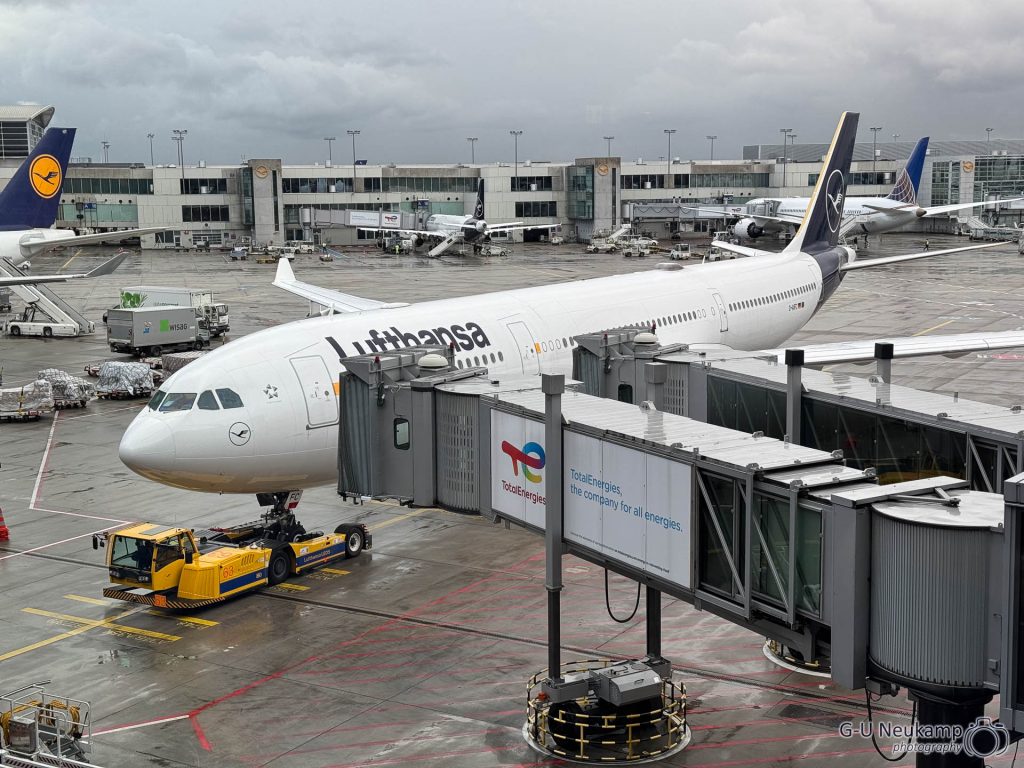
Due to different time zones, we arrived in San José that evening at around 19:00 local time.
Immigration was fairly straightforward, but we naturally stood in the longest queue. All of our luggage came with us. After the usual immigration formalities, we were met outside by an employee from our travel company and, after a brief introduction, taken by minibus to our first accommodation “Finca Rosa Blanca” in Heredia, Santa Bárbara, a coffee plantation with a hotel northwest of the capital.
The plant is located at an altitude of around 1,250 meters and produces around 3,000 - 8,000 kilos of “Grano de Oro” (green coffee) of “Café Rosa Blanca”, a hard highland Arabica coffee, on a cultivation area of 30 acres.
We checked in quickly at reception, then were driven to the guest house in an electric trolley. Here we got a very nice apartment with a great view of San José lit up at night.


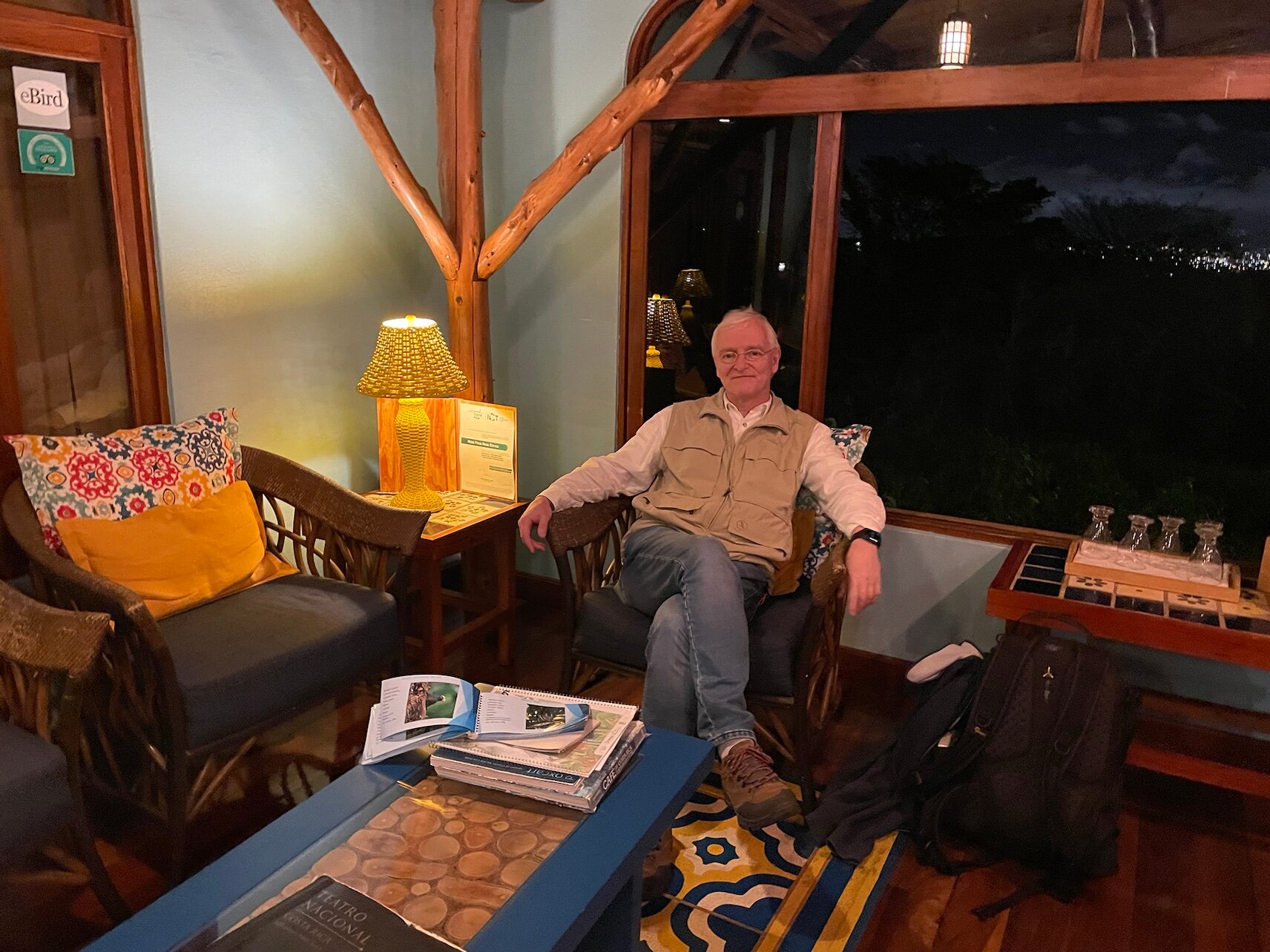
After a long and exhausting day, we fell into bed dead tired.
March 17th, 2024 - Finca Rosa Blanca
We first slept late in the morning. After breakfast, where we really took our time, we had to change our room. As we had only booked the trip late, we had only been given a room for one night each. Here are some more pictures of the second accommodation, which was also very nice.
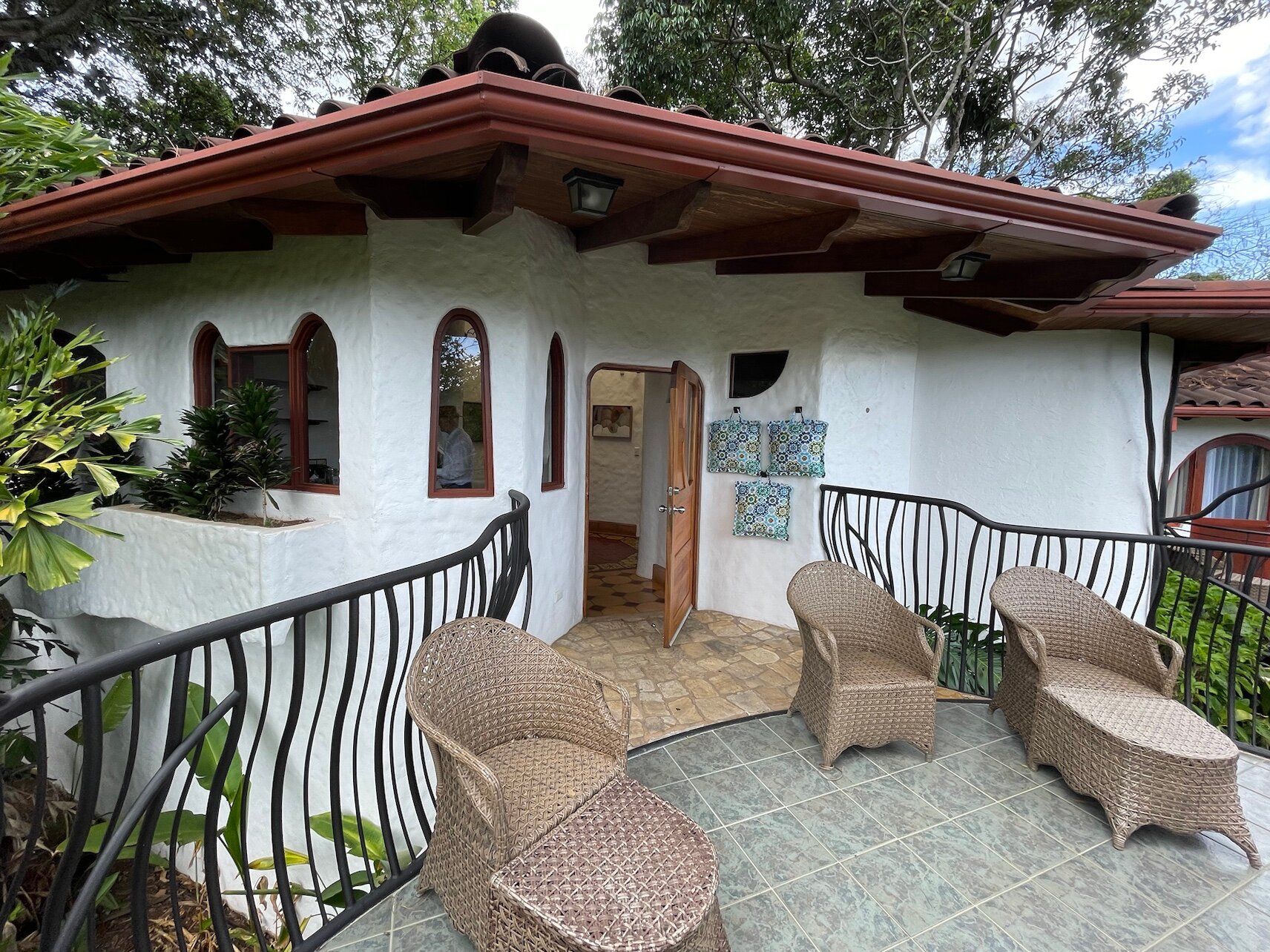
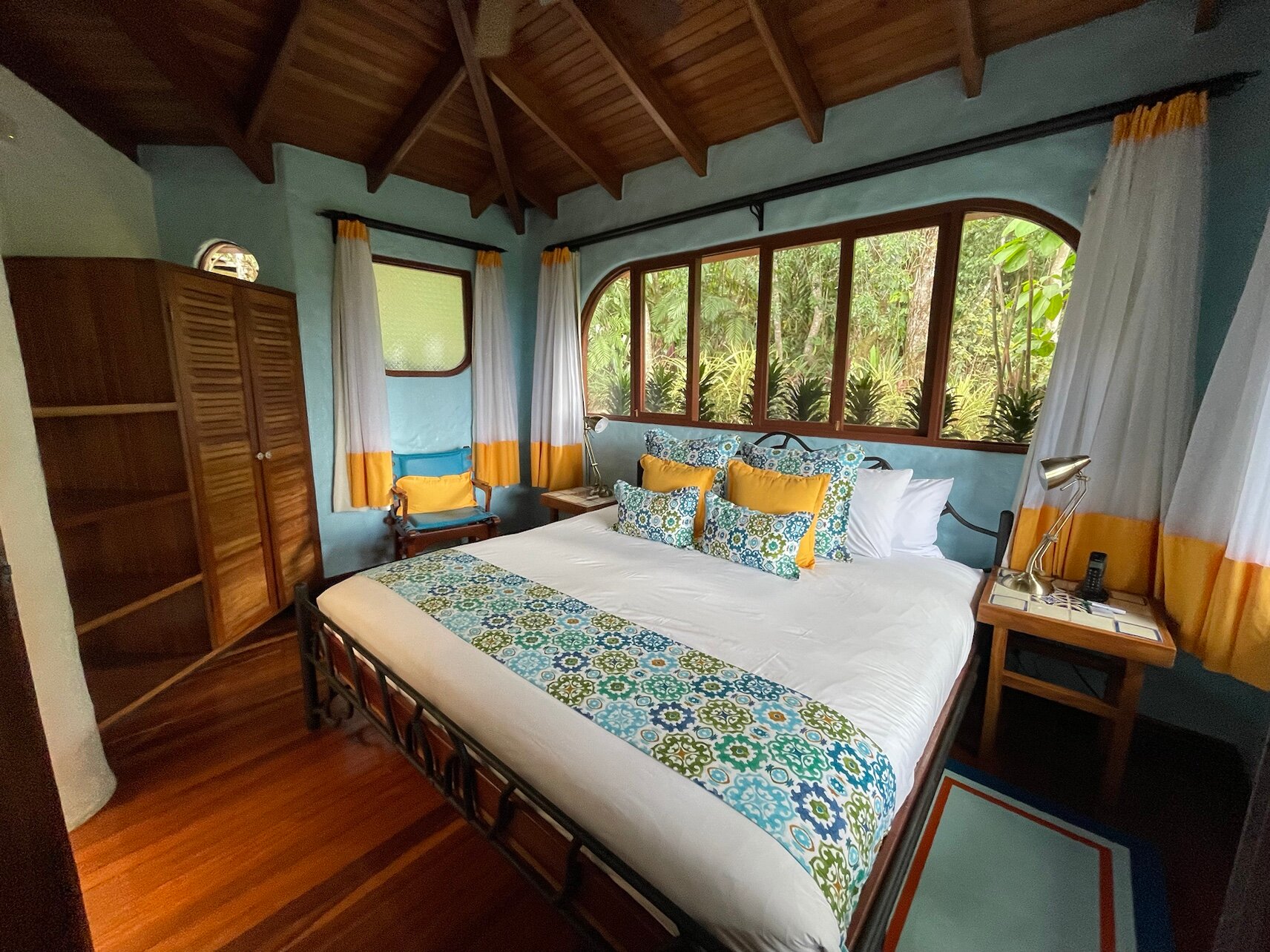
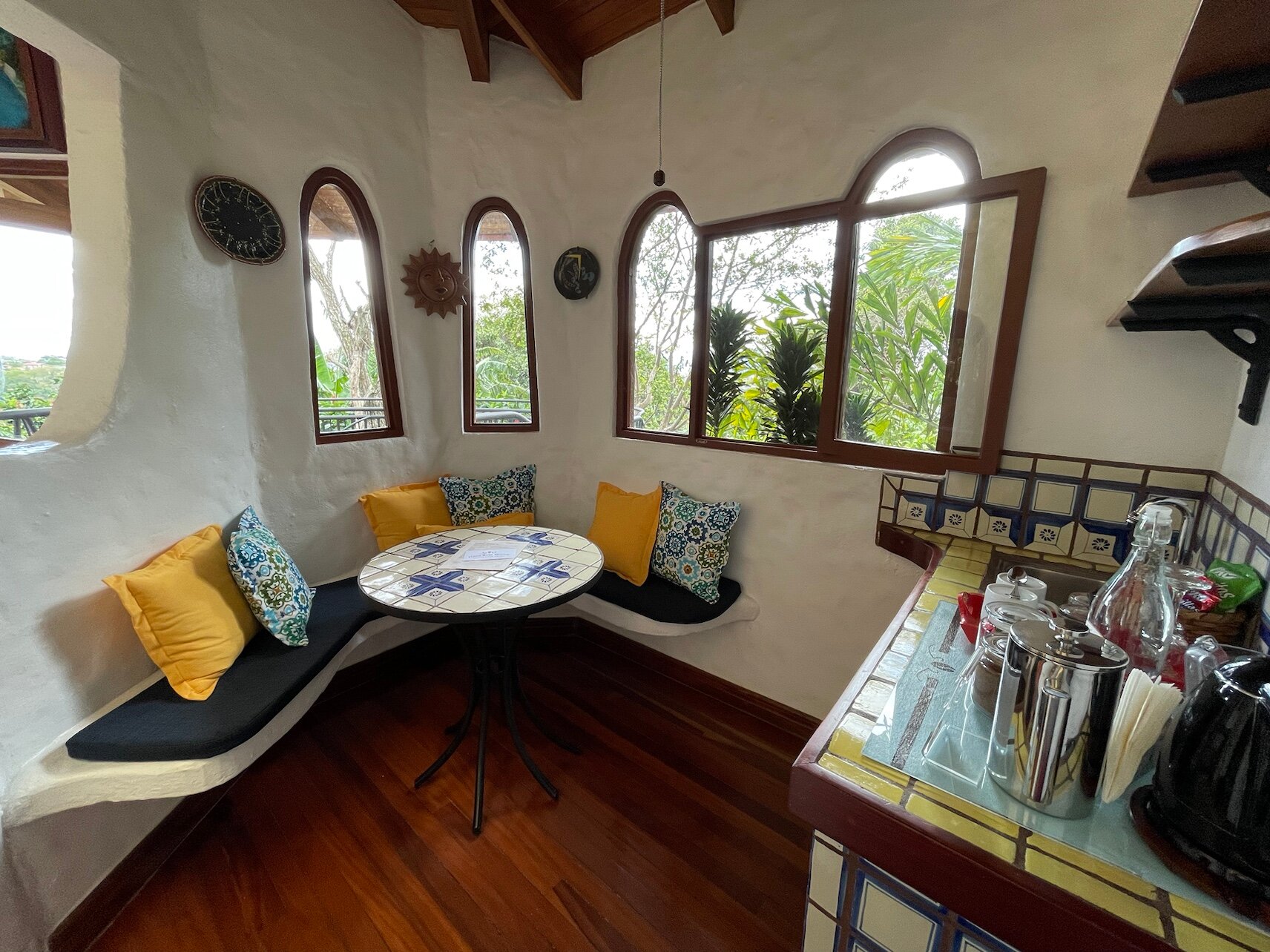
We had booked a guided tour across the coffee plantation at 01:00 pm. Prior to this, we first walked through the beautiful hotel grounds. Bananas 🍌 and mangoes 🥭 grew on the trees. There was also a jacuzzi, but with the high outside temperatures this was not an option. Here are some pictures from the resort:









Our afternoon tour of the coffee plantation was very informative. We learned a lot about the cultivation of coffee (here on the plantation “shade grown organic coffee” is cultivated) and the processing, also about the taste (during a tasting) and learned that milk and sugar ruin the enjoyment of coffee.
We philistines!
“Shade grown” in coffee cultivation refers to a cultivation method in which the coffee plants grow in the shade of larger trees under the canopy. This method mimics the natural conditions under which coffee plants originally grew, as the coffee plant is naturally an undergrowth plant that thrives in the shade.
Growing coffee in the shade offers several advantages:
- Biodiversity: Shade cultivation promotes biodiversity, as the protective trees provide a habitat for many animal and plant species.
- Soil erosion and soil quality: The tree cover protects the soil from erosion and helps to retain nutrients in the soil, which promotes the long-term fertility of the soil.
- Water balance: The trees help to regulate the water balance of the soil by reducing evaporation and keeping the soil moist.
- Climate protection: Shade trees bind carbon dioxide, which helps to reduce CO₂ levels in the atmosphere.
This method is considered more sustainable than growing in full sun, which often involves cutting down forests and the use of chemical fertilizers and pesticides. Shade coffee is often part of certifications such as fair trade or organic, which promote sustainable cultivation methods.
After the tour, we had coffee and cookies. We chatted to an British couple who had also taken part in the tour. They had a bit of bad luck with the trip, their luggage didn’t make it on the plane. Afterwards we rested a little. Our friends picked us up for dinner at the hotel at around 7pm. Tomorrow we will continue on to the Caribbean coast and will be picked up at 6:30 am. It’s not very far, but the roads are bad, we were told. We also have to drive straight through San José.
